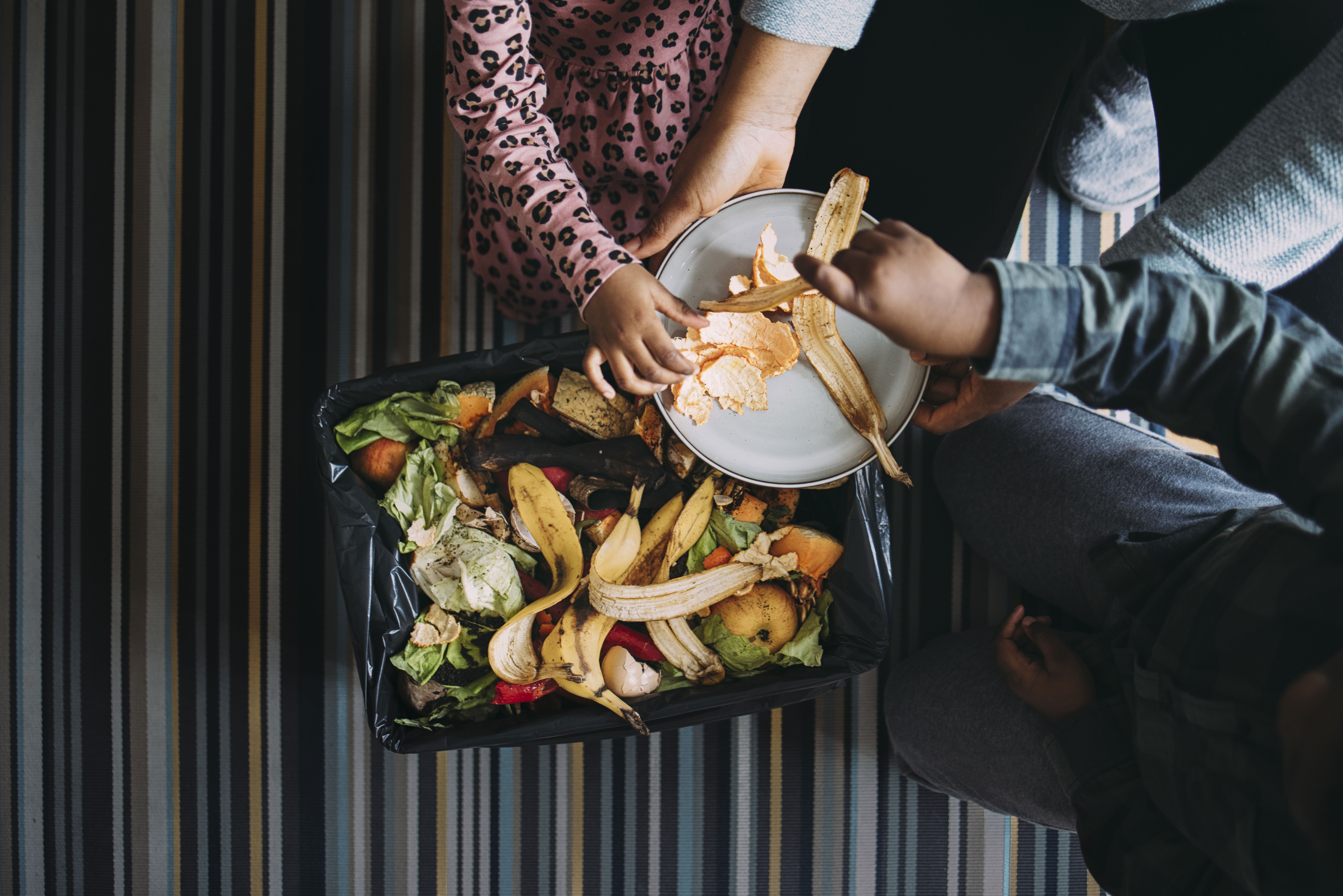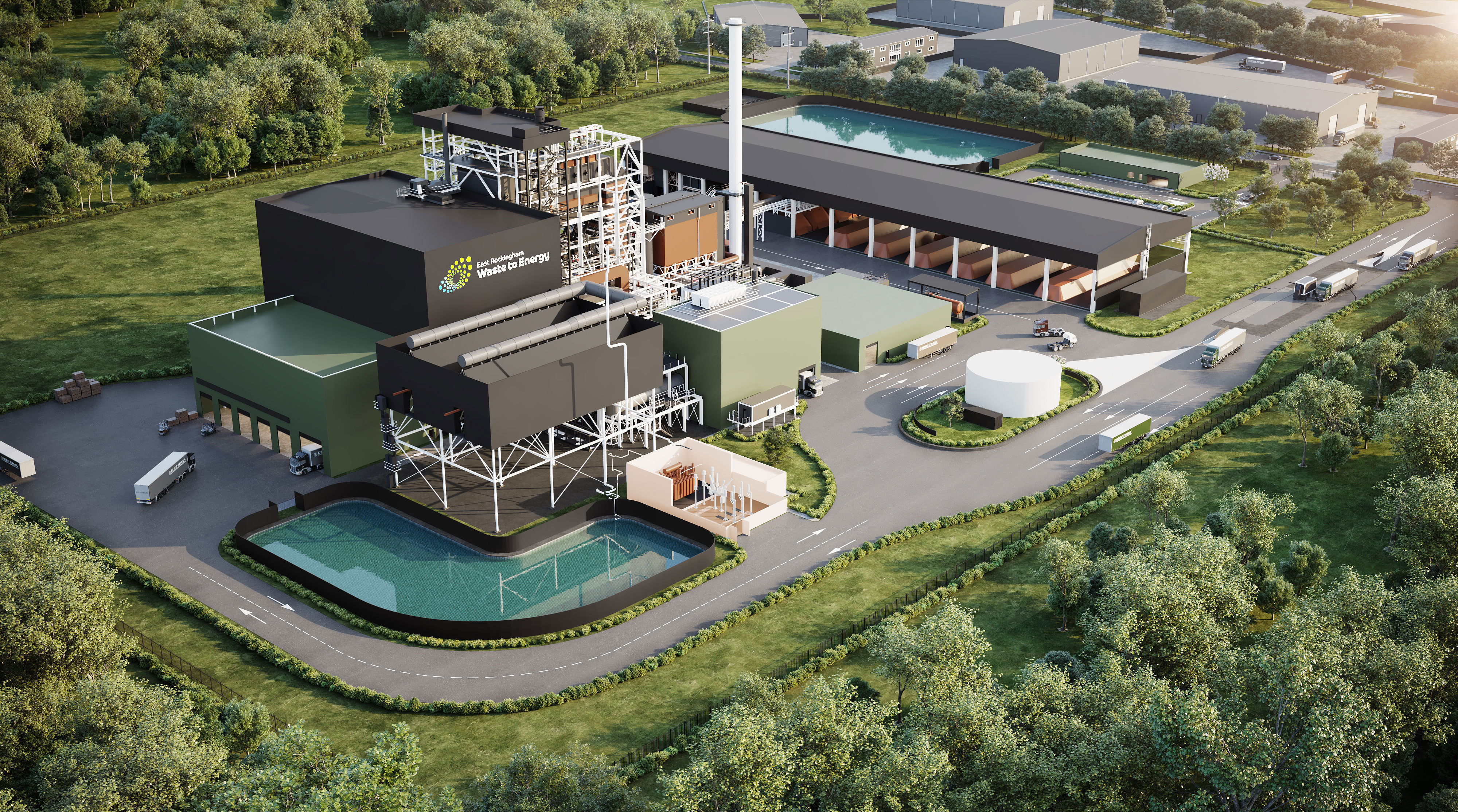
Melbourne’s South Eastern Organics Processing Facility is using a scalable, tailor-made solution for organic waste treatment that is keeping organic waste out of landfill and using it to produce nutrient rich compost.
Read our Insight
Organic waste and the path to net zero emissions
June 2022
How can Australia turn household food and garden waste into an opportunity to push towards our target of net zero emissions by 2050? The CEFC is helping municipal councils use proven technology and harness the principles of a circular economy to recover valuable resources while avoiding landfill emissions.
Read moreOur investment
The CEFC is helping municipal councils use proven technology and harness the principles of a circular economy to recover valuable resources while avoiding landfill emissions.
Food organics and garden organics, known as FOGO, make up 55 per cent of the waste generated by average Australian households. When sent to landfill, FOGO produces methane, a greenhouse gas estimated to be 28 times more potent than carbon dioxide.
Melbourne’s state-of-the-art South Eastern Organics Processing Facility is taking truckloads of household organic waste collected by local councils and turning it into nutrient-rich compost that is sold to landscape and garden supply companies, farms and agricultural producers.
The facility, built and operated by Sacyr Group, has benefited from $38 million in CEFC debt finance.
Within two short years we have shown we can treat more than 100,000 tonnes of organic materials per annum to produce high quality compost that has found a ready market and is helping put vital nutrients back into soils.Joaquin CuevasDirector, Sacyr Environment Australia





